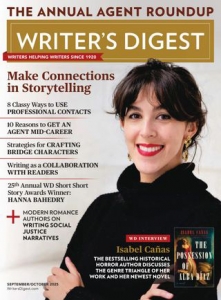Elevating Content with Semi-Colons
In content marketing, the most common use of the colon is to introduce a bullet-pointed list, and, back in July, this Say It For You blog discussed this and two other ways writers can make use of the colon, including in two-part titles and to set the stage for dramatic reveals or punch lines.Today’s focus in on the semi-colon….
In the “Unsung Punctuation” section of Writer’s Digest, Ryan Van Cleave comes out “in support of the semicolon”. Which is “stronger than a comma, but less final than a period, offering a middle ground that creates balance and nuance.”. The semi-colon, he claims can:
- connect ideas
- untangle complexity
- elevate your prose
But “mastering the balance” isn’t all that easy, Van Cleave cautions; the key is to use the semi-colon only when clauses are closely related in meaning. Don’t force the issue, but use the semi-colon sparingly to preserve its effectiveness, he advises. “Overuse can make writing feel formal or stilted.” Important to remember is that semicolons don’t pair with conjunction like “and” or “but”.
But, wait! Aren’t blog posts supposed to be easy to read and informal in tone? Do content marketers need to go back to high school English class? Perhaps. According to author Joanne Adams, pay attention to proper spelling and grammar, and “people who read your writing will know, without a sliver of doubt, that you are somebody who really knows their $h*t”. Point of fact, Laura Mondragon writes, the semicolon does a job no other punctuation can do, and is often more “polite” than a period or exclamation point. “I got your email; I haven’t finished the project yet.” gets the point across simply and effectively.
I like Caitlin Berve‘s example of the way content “flow” is enhanced with a semi-colon: “He not only worries he will never return to the castle in the mist; he worries he won’t even remember the palace exists.” Yes, the clauses before and after the semi-color could be separate sentences, but a period would take away from the way the two halves fit together, she explains.
At Say It For You, while we aim for different levels of content readability depending on the target audience for each client’s business or professional practice, we believe that using proper grammar and punctuation, without “dumbing down” the material, shows respect for readers’ intellect – and for their time.
And, if the semi-colon can help “elevate” our content by connecting ideas and untangling complexity, bring it on!







Follow us online!